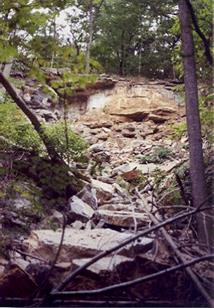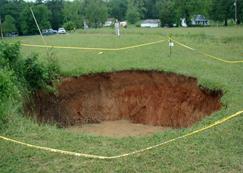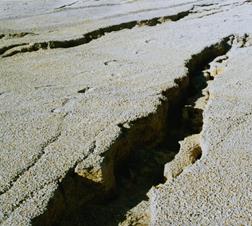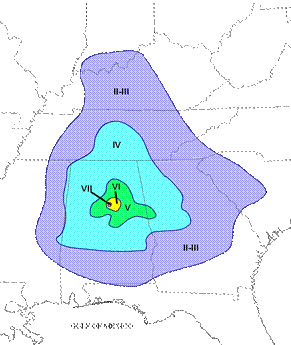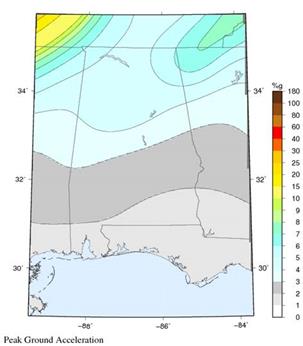***Report feeling an earthquake (in the last 7 days)***
Earthquakes are fairly common in the eastern half of the United States. Four zones of frequent earthquake activity affecting Alabama (right) are the New Madrid Seismic Zone, the Southern Appalachian Seismic Zone, the South Carolina Seismic Zone, and the Bahamas Fracture Seismic Zone.
Most of the earthquakes we experience in Alabama are associated with the Southern Appalachian Seismic Zone (an extension of the East Tennessee Seismic Zone) that runs along the Appalachian Mountains from the northeastern corner into the central part of the state and the Bahamas Fracture Seismic Zone in southern Alabama.





